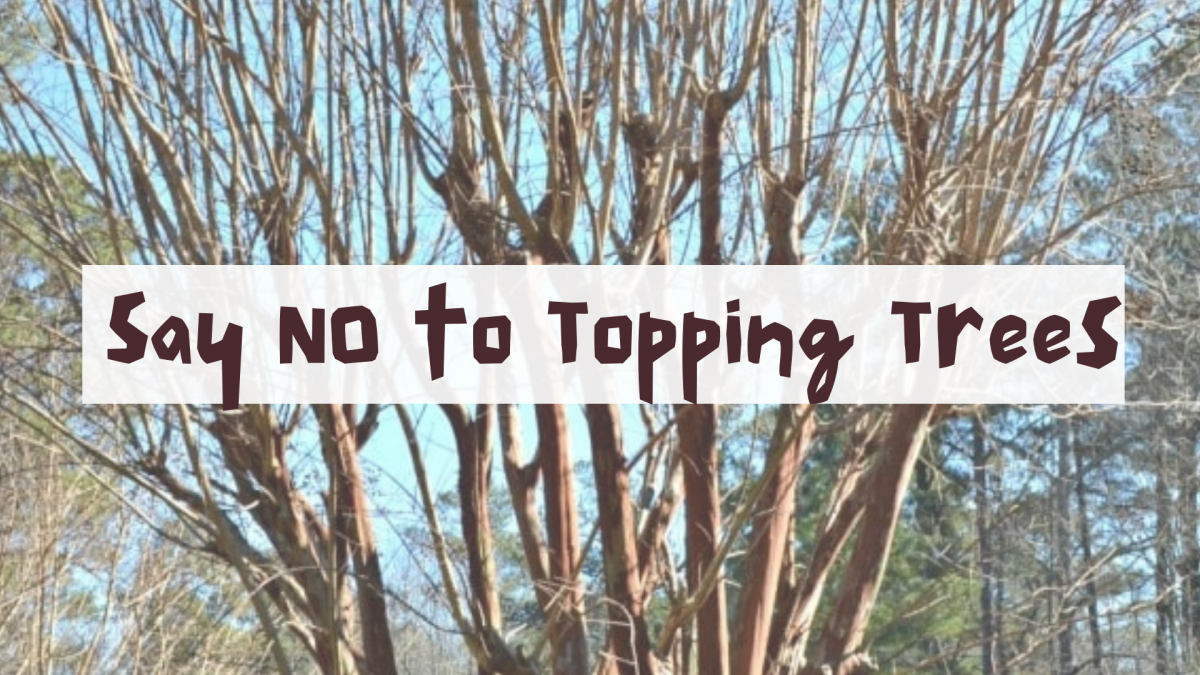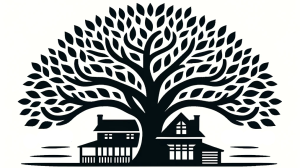
Topping trees is a harmful practice that is still used by some individuals. It involves cutting off the top of a tree or its branches and is done to reduce the height or size of a tree, shape it into a particular form, or clear power lines or views. While it may seem like a quick and easy solution to a tree problem, topping actually causes significant harm to the tree and can have negative consequences for years to come. It weakens the structure of the tree and promotes decay and disease. The cuts made to the trunk or branches are large and open, which makes it easier for insects and fungi to enter and attack the tree. Additionally, topping creates an unsightly appearance that can detract from the beauty of the landscape. Topped trees often have an unnatural, stunted look that is out of place in the natural environment. While there may be situations where tree topping is necessary, in most cases, there are alternative solutions that can be used to address tree problems without resorting to topping. If a tree has been topped, steps can be taken to try to fix it, such as gradually pruning the tree back to its natural shape over a period of years or providing structural support to the tree through cabling or bracing.
There are ways to avoid topping trees. One approach is to plant the right tree species in the right location. Trees should be selected based on their mature size, growth rate, and growth habit, as well as the site conditions, such as soil type, sunlight exposure, and moisture levels. By selecting the right tree for the site, the need for pruning or topping can be minimized.
Topping trees can also be expensive in the long run. While it may seem like a cheap and easy solution to a tree problem, it actually ends up costing more in the long run. Topped trees often require more frequent maintenance, such as pruning, to remove the weakly attached shoots and branches that grow after topping. Additionally, the weakened structure of topped trees makes them more vulnerable to storms and other natural disasters, which can result in costly damage to property and infrastructure.
Another approach is to use proper pruning techniques. Pruning should be done with the long-term health of the tree in mind, with dead, diseased, or damaged branches being removed. The proper pruning techniques are essential for maintaining the health and integrity of the tree. It is recommended to use sharp pruning tools that are clean and disinfected to prevent the spread of disease. It is also important to make clean cuts that are made at the proper angle and location, to minimize the stress on the tree and promote proper healing.
To put it briefly, topping trees is a harmful practice that should be avoided at all costs. It causes significant harm to the tree and can have negative consequences for years to come. It weakens the structure of the tree and promotes decay and disease. Topped trees often have an unnatural, stunted look that is out of place in the natural environment. By selecting the right tree species and planting location, and by using proper pruning techniques, trees can be maintained in a healthy and sustainable way, without resorting to topping.

Leave a Reply